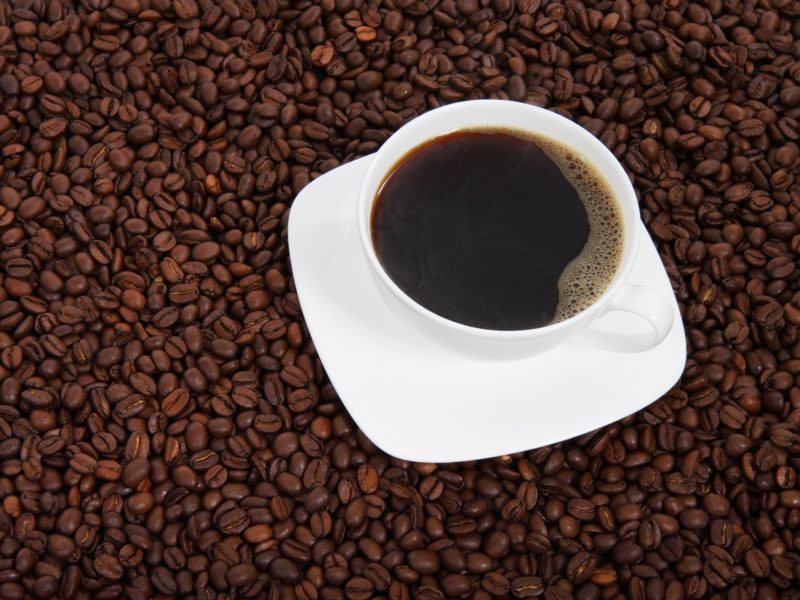
Coffee, a beverage beloved through millions around the world, has actually a rich background and an complex process behind its development. Coming from the second coffee beans are collected to the final item in your cup, there are many measures involved that provide to its distinct tastes and aromas. One of the very most critical stages in this quest is coffee roasting. In this blog message, we will plunge into the keys of coffee roasting and check out how it completely transforms environment-friendly beans in to the fragrant brew we all know and affection.
Before we dig in to the roasting process, it's vital to recognize that not all coffee beans are produced equal. There are various species of coffee plants, each producing beans with distinctive flavors and attributes. Arabica and Robusta are two of the very most largely known species, along with Arabica being considered superior in taste.
The journey coming from bean to brew begins with growing and harvesting. Coffee vegetations expand in exotic regions around the equator, where they call for details developing conditions such as height, temperature level, rainfall, and soil composition. Once ready cherries appear on the divisions of these vegetations, they are properly hand-picked or robotically harvested.
After harvesting happens processing. There are actually two major approaches made use of: completely dry handling (additionally understood as natural handling) and damp processing (also understood as cleaned processing). Dry processing entails drying cherries under sunlight or using specialized machines until they come to be breakable good enough for hulling. Damp handling includes getting rid of outer coatings with fermentation just before drying out them.
Once refined, eco-friendly coffee beans are prepared for roasting. This is where a knowledgeable roaster's competence happens in to play. The roasting procedure not only determines how dark or light a roast will certainly be but additionally greatly influence taste accounts.
Ovens normally make use of large drum-like machines that turn while applying heat energy to evenly roast the beans. As the temp climbs during the course of roasting, chemical substance responses occur within the grains, resulting in the advancement of several materials that provide to flavor and scent. The most distinctive response is the Maillard response, which develops lightly browning and caramelization.
Throughout the very early phases of roasting, the beans start to lose dampness and enhance in measurements. They switch coming from eco-friendly to yellow and discharge a verdant scent. As opportunity proceeds, they proceed to dim, with tone ranging from lightweight brown (City roast) to darker brownish (French roast). The longer the grains are roasted, the even more their organic tastes transform into daring, great smoky keep in minds.
Toasting coffee is both an craft and a scientific research. Roasters observe temperature and time properly to accomplish wanted results. They depend on their detects - sight, sound, smell - as effectively as experience to establish when a specific roast is at its top.
Once roasted, coffee beans need to have time to degas before they can be ground and steeped. During the course of this degassing period, carbon dioxide entraped inside the grains is discharged progressively. It's encouraged that coffee be eaten within two weeks after roasting for optimum flavor.
While some coffee lovers like lighter roasts that highlight particular tastes of source, others appreciate darker roasts for their daring and intensity. Eventually, Find More Details On This Page come